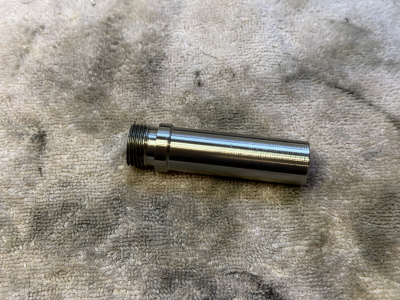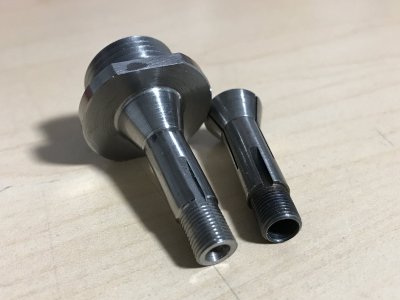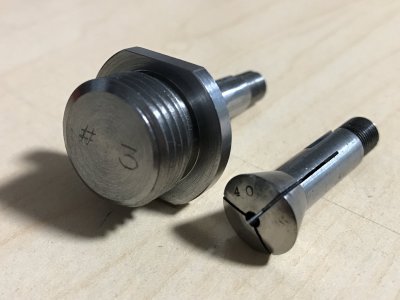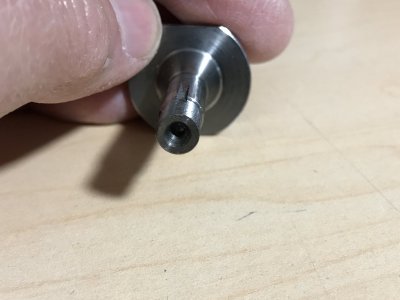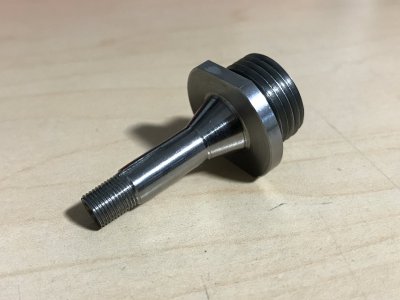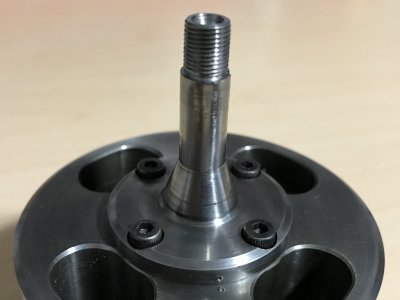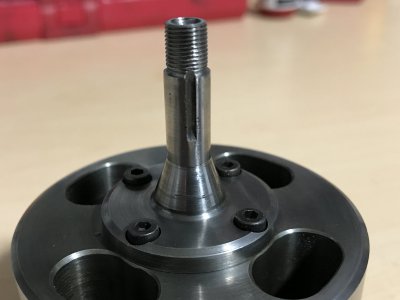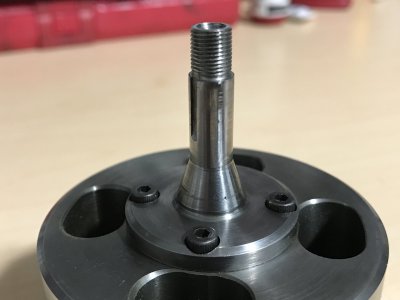- Joined
- Sep 24, 2012
- Messages
- 484
Yeah, that was my guess too. Without a solid body to enclose the back, it probably loses 20%-30% of what it would otherwise weigh. And yes, the key is exactly the same scheme as a Jacobs chuck key. That's what the large hole on the chuck's side in the last Bison pic is all about. The key fits through those holes with about 0.010" to spare! Tight fit...so probably trying to lose weight on a small lathe like that. I imagine the key is like the key on a drill chuck.
Last edited:


